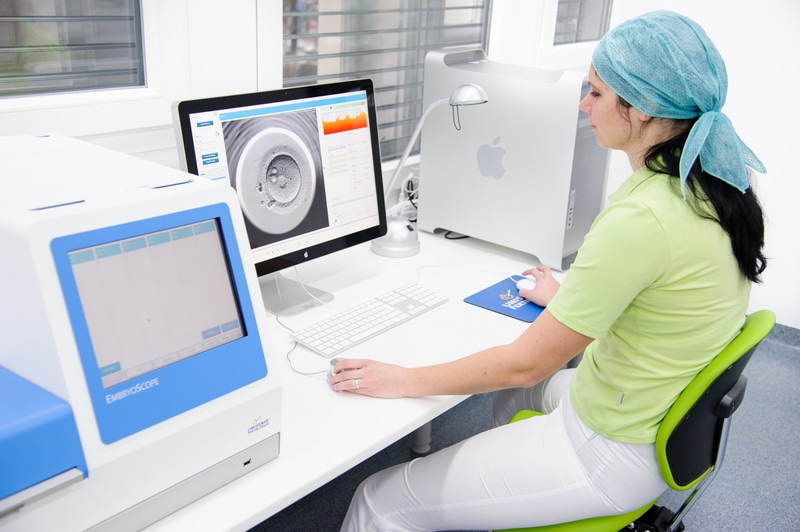TIME-LAPSE TECHNOLOGY REDUCES OBSERVATIONAL TIME RESTRICTIONS AND STRESS TO EMBRYOS DURING CULTURE AND ASSESSMENT.
WITH TIME-LAPSE YOU CAN ENJOY UNDISTURBED CULTURE AND CONTINUOUS IMAGE ACQUISITION AND IMPROVE YOUR SELECTION PROCESS THROUGH A MORE OBJECTIVE ANALYSIS.
Semi-continuous monitoring of embryos is a method whose aim is to monitor the embryo development in the incubator. In fact, this revolutionary system gives us an opportunity of significant “insight” into the whole embryo development. It helps us to select the most suitable embryo(s) to be transferred into the uterus to cause a pregnancy.
The introduction of this optical system in incubators gives us a chance to let embryos develop undisturbed during the entire culture period and they do not need to be tested outside the incubator.


